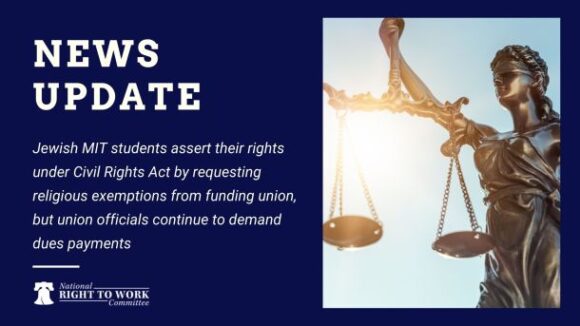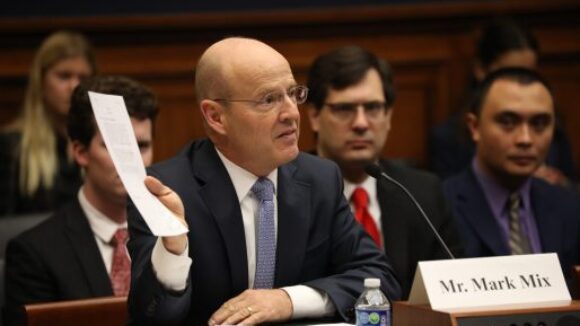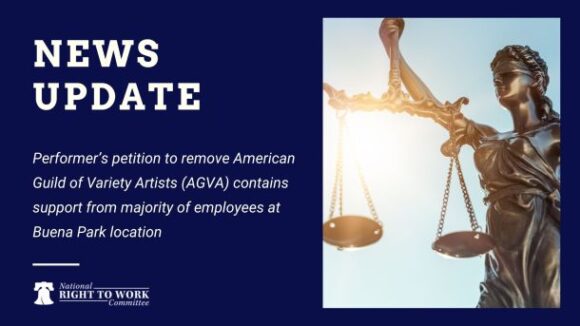In an op-ed this week for the Michigan Chronicle (see the link below), recognized five times by the National Newspaper Publishers Association as the best black newspaper in America, Stacy Swimp, president of the Flint, Mich.-based Frederick Douglass Society and grass-roots Right to Work activist, explains how and why the NAACP and the National Urban League strongly opposed passage of the pro-union monopoly National Labor Relations Act (NLRA) in 1935.
Swimp quotes Herbert Hill, labor director of the NAACP from 1951 to 1977:
“[M]ost of the unions affiliated with the American Federation of Labor [or AFL, a precursor of today’s AFL-CIO] either excluded Negro workers from membership…, thus preventing their employment in union-controlled jobs, or engaged in other discriminatory practices.”
Swimp adds that NAACP cofounder W.E.B. Du Bois was an especially vociferous critic of the AFL union hierarchy who berated Organized Labor for trying to “achieve freedom at the expense of the Negro.”
Is the passionate opposition to monopolistic unionism of Du Bois and other seminal figures in the civil rights movement still relevant today? It is, Swimp contends:
Of course, we know union officials ultimately ceased excluding black Americans and other minorities from membership and defending segregation in the workplace. However, the strait-jacket work rules and cookie-cutter compensation schemes which union officials still impose on workplaces often have the effect of hurting black Americans and other minorities, even though they are not overtly discriminatory.
Nevertheless, with the passage of time, more and more black American leaders became reconciled to the NLRA and monopoly unionism generally. Today, black politicians in Congress are among the NLRA’s most vociferous defenders. But is the impact of this law, enacted over strong black objections, really so much less harmful to minorities now than it was in the 1930’s, 1940’s, and 1950’s?
The U.S. tradition of federalism in policymaking provides us with a “field test” to answer this question. Today 24 states have on their books Right to Work laws prohibiting the termination of employees for refusal to pay union dues or fees as a condition of employment. Right to Work laws thus loosen substantially the control Big Labor exercises over dissenting employees by empowering employees to cut off all financial support for the union. Therefore relocating from a forced-unionism state to a Right to Work state may properly be regarded as “foot voting” against monopolistic unionism.
By this standard, black Americans have for decades been expressing a strong preference for Right to Work states. For example, from 2000 to 2011, the black American population of the U.S. increased by 13.1 percent. But 74 percent of the overall increase occurred in the 22 states that had Right to Work laws on the books at the time, even though slightly fewer than half of all black Americans resided in them in 2000. (Since Indiana and Michigan became the 23rd and 24th Right to Work states in 2012, they are counted as forced-unionism states in this analysis.)
. . .
The demographic evidence is compelling that the compulsory-unionism system, regardless of its original intent, is in our time an “equal-opportunity destroyer” for employees of all races and ethnicities.
Michigan Chronicle – ‘Freedom at the Expense Of the Negro’


